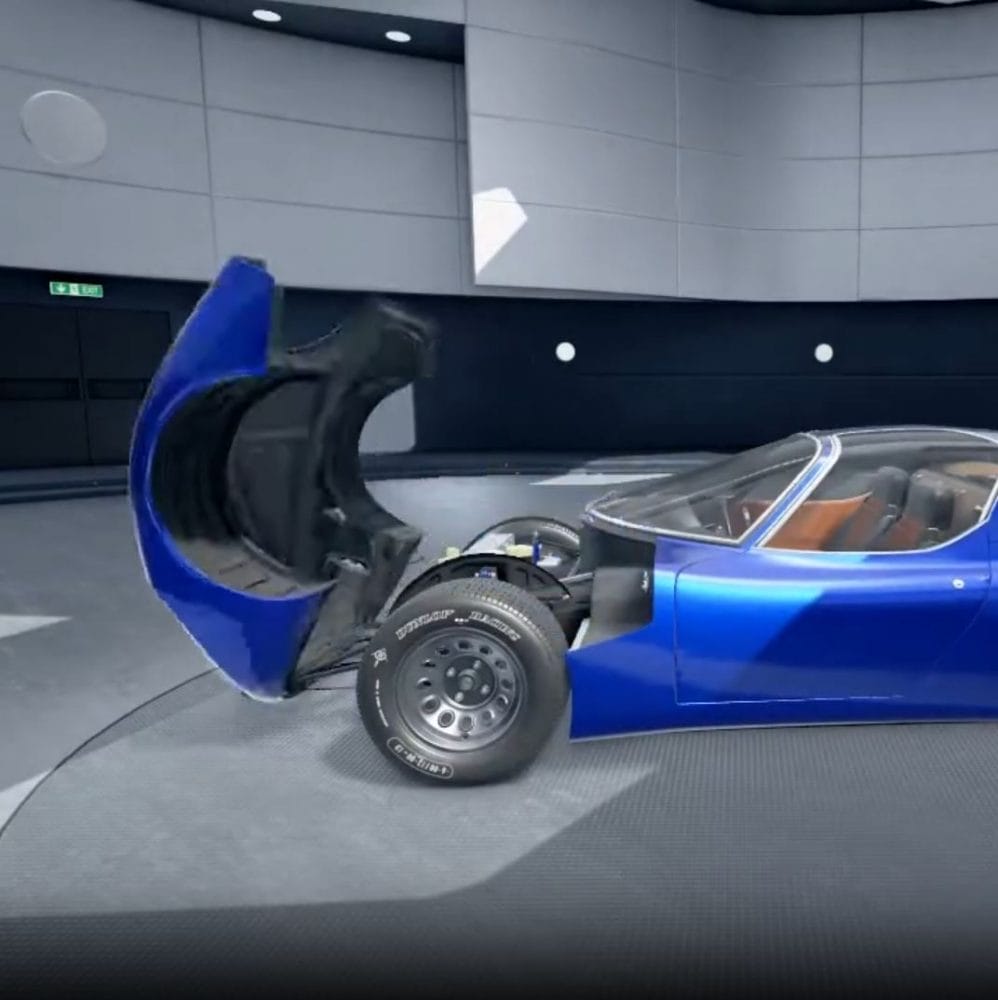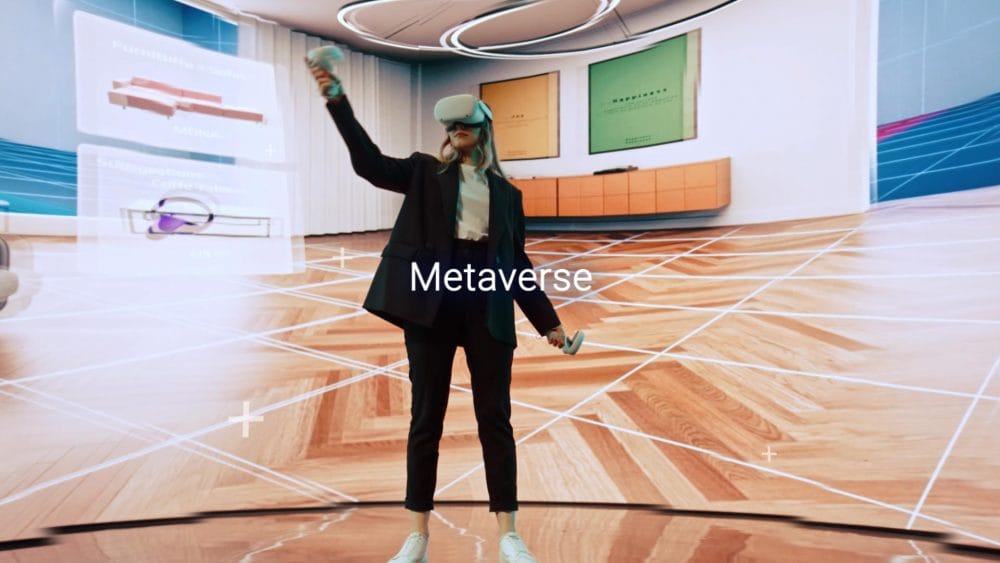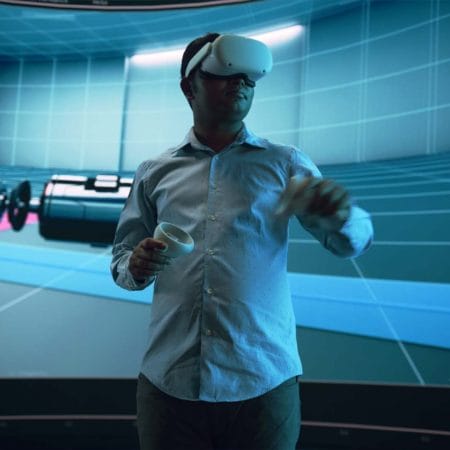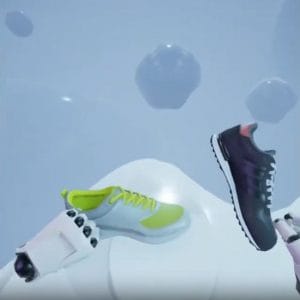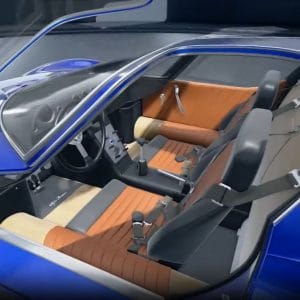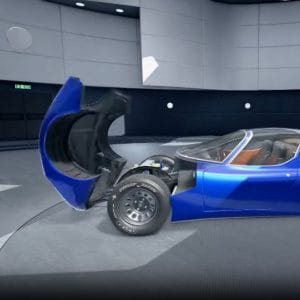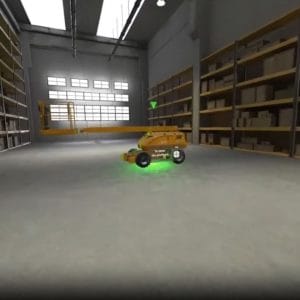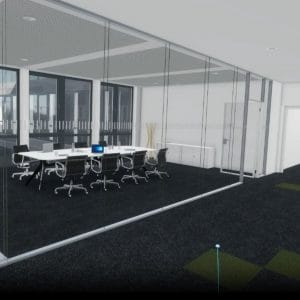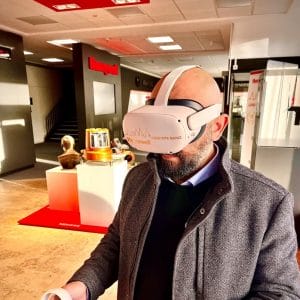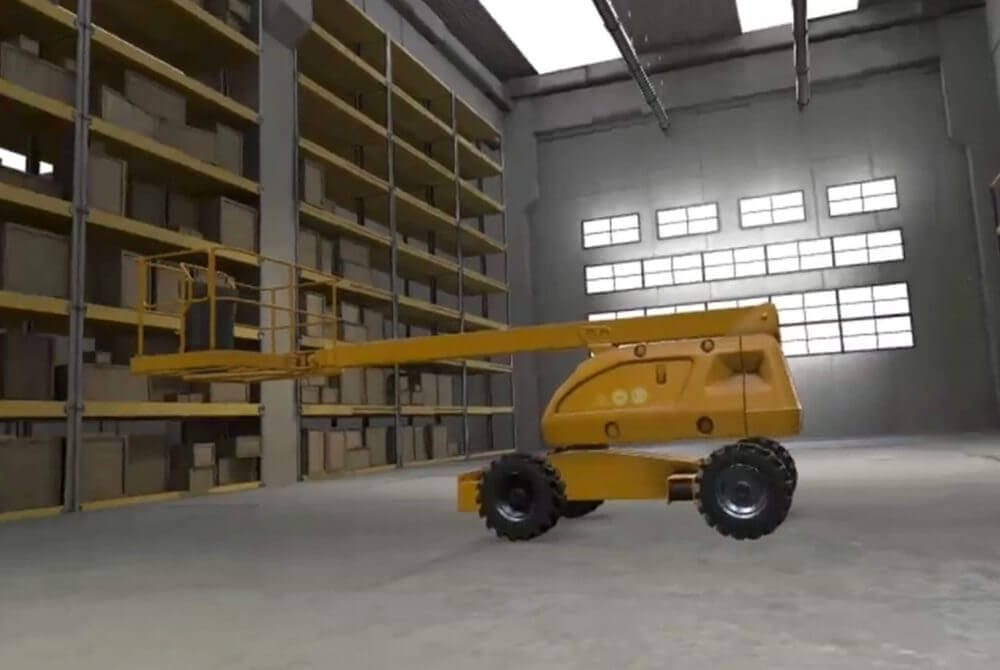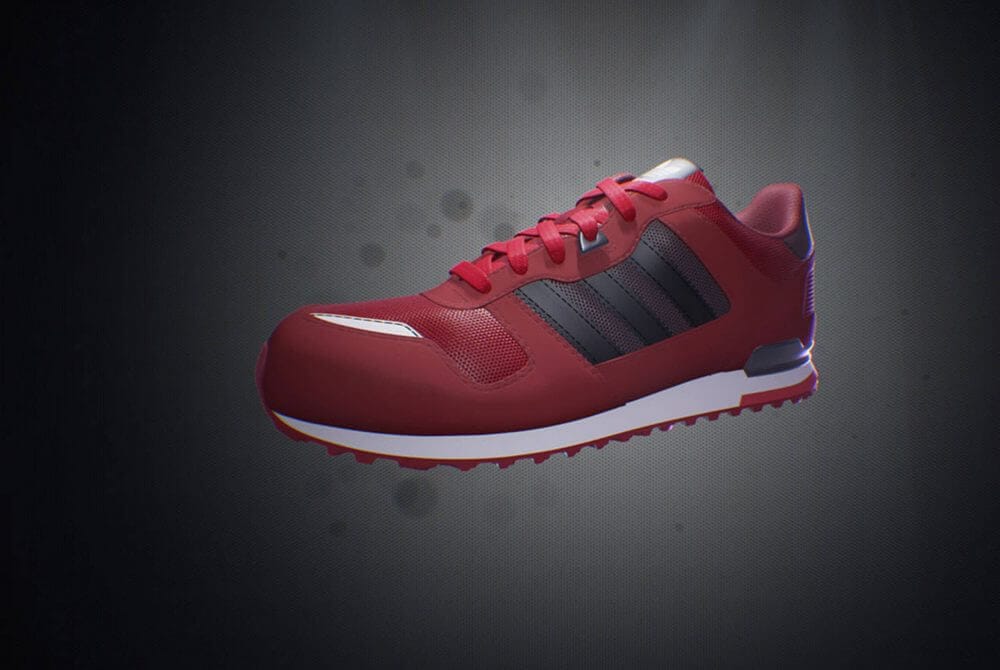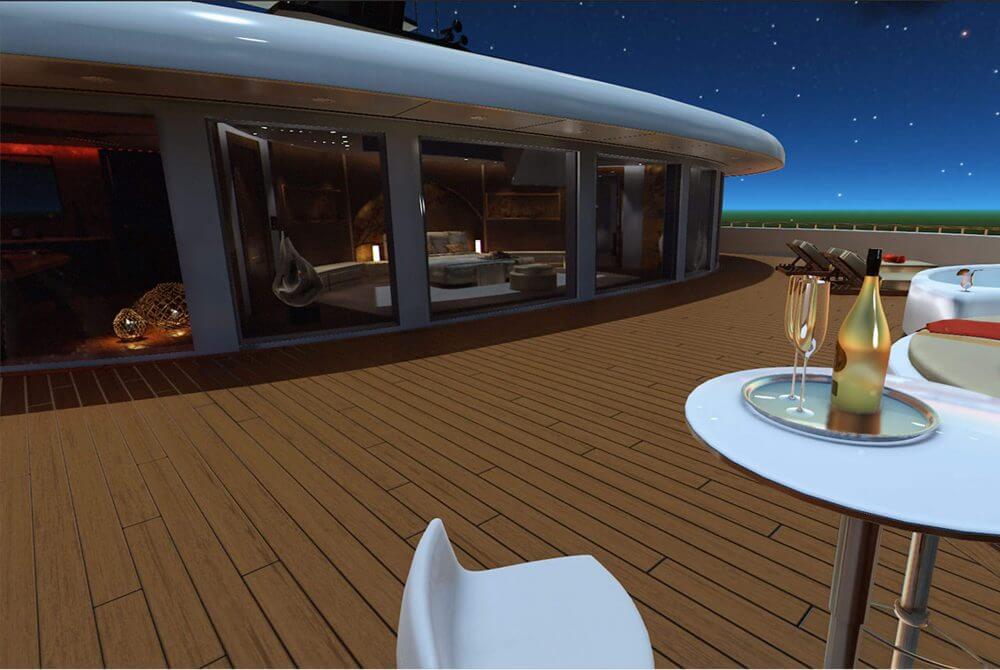What is virtual reality (VR)?
Virtual reality (VR) is a technology that is used to create a reality entirely in a separate virtual world.
The user is immersed in the artificial reality in real time. Unlike augmented reality (AR), the user no longer has any connection to “real” objects – they are in the center of a digital world.
Contact us and find out how you can benefit from virtual reality!
Virtual reality in marketing: Can VR be used for product advertising?
Yes, virtual reality is becoming increasingly popular in advertising and marketing, as VR applications are now technically attainable. Trade fairs and events as well as product launches, exhibitions or other events for product presentation are particularly suitable for this.
Those who rely on VR in product marketing offer interested users a very special experience: they are able to experience something that would otherwise be completely unthinkable. This includes dangerous adventures or journeys to fantastic worlds, but also experiences with things that are very rare or do not even exist yet. VR can also be used to present objects that are simply too expensive to exhibit on site.
VR advertising is also interesting if, for example, a machine is to be presented that is still in the development stage or of which only an initial prototype exists. It is also conceivable to visualise an object that has only been produced once (because it is very expensive). Thanks to VR, such unique items can be left in place so that they do not suffer any damage under any circumstances. Last but not least, VR can be used to visualise objects that would be unaffordable to transport (e.g. to a trade fair). VR therefore offers a sustainable solution for product presentations at trade fairs and events.
What is the difference between augmented reality and virtual reality?
Virtual reality and augmented reality have the same basis, which consists of several components: Firstly, both are based on a game engine, which gives both AR and VR a playful element. Secondly, both are based on content, i.e. content that forms the framework of the virtual world. Thirdly, AR and VR are convincing due to their logic: a break in consistency leads to the computerized reality being showcased. Fourthly, both are characterized by high quality, which contributes greatly to the authenticity of the virtual world.
In VR, an entirely virtual world is created that no longer has any connection to reality. The real environment is completely faded out in favour of a digital reality. To be able to use VR, the appropriate technical equipment, such as VR glasses, is required.
Augmented reality, on the other hand, differs significantly from virtual reality: here, reality and virtual simulation merge into a single world. The aim is to create the impression that reality and AR are one. This is always successful when AR remains authentic and does not endeavour to artificially exaggerate the real world. The only equipment required is a smartphone or tablet.
One more thing is important to us: unfortunately, VR is often equated with 360° videos. However, these are two completely different concepts. Virtual reality creates a new virtual world that can be interacted with, while 360° videos are nothing more than all-round recordings of the real world or, in certain cases, stereo recordings with a depth effect.
Can VR projects be brought onto the web?
In principle, it is feasible to bring VR projects to the web via a virtual trade fair booth. However, this is not possible without certain losses or adjustments.
WebGL certainly has the biggest drawbacks. At least a third of the performance is likely to be lost due to the diversions via the browser. In addition, all browser types only have a limited amount of memory, which also inhibits performance.
The different end devices of the users are also problematic. It takes an enormous amount of effort to customise VR projects for each end device. Cardboard VR has proven to be a favourable solution to this problem – but its quality is extremely limited.
Stereo 360° exports are a slimmed-down variant for transferring VR projects to the web. However, the virtual impression can only be duplicated to a limited extent; the user experience is noticeably different and does not come close to virtual reality. The same applies to WebVR, which is primarily used for gaming and simulations.
Project highlights:
References
of our VR magic
Practical examples of exciting virtual reality projects. Discover the range of applications that we have developed in VR for our customers:


